Understanding Dog’s Body Language
04.11.2019.
Dogs have a way of speaking to us. Dog owners know that dogs are great communicators and have different expressions. A specific look, posture, or movement tells us what they want, need, or are about to do.
Dogs bark, growl, and whine to get our attention and let us know how they’re feeling and what they want from us. You just need to know how to read these signs. So here are some guidelines to help you read and understand your dog’s body language.
Mouth
All parts of your dog are giving away signals, and their mouths, or muzzles, can give away their emotional state. Just like in humans, various mouth expressions will indicate happiness or sadness. Dog owners often say their dogs are smiling, which might be true. Here are the things you can understand by observing your dog’s mouth.
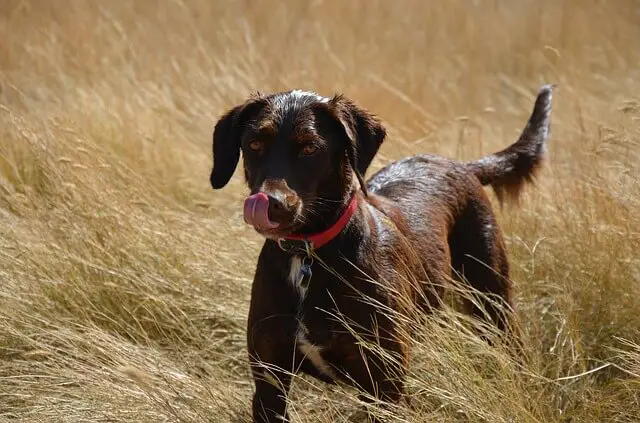
Happiness
A happy dog’s mouth is usually open and relaxed. The corners can be slightly upward, so it looks like the dog is smiling. They can even display their front teeth and wiggle their whole bodies, as an indication of happiness.
Stress or fear
Stressed or fearful dogs tend to have their mouths closed. This can also mean that a dog is alert and ready for action! If a dog is displaying a warning, they usually wrinkle the top of their muzzle and may bare his teeth. Often you can hear a growl coming from deep inside the dog’s body. Nipping is a clear sign to back away. The dog that is snapping or nipping is feeling threatened.
Panting
Excessive panting (when there was no exercise) or drooling when there is no food indicates that the dog is experiencing extreme fear or stress. You can read more about the reasons dogs pant in the article: Dog Panting - All You Need To Know.
Yawning
Yawning means that the dog is tired, but it can also mean that he is stressed. By yawning, the dog is trying to get rid of some of the stress they’re feeling.
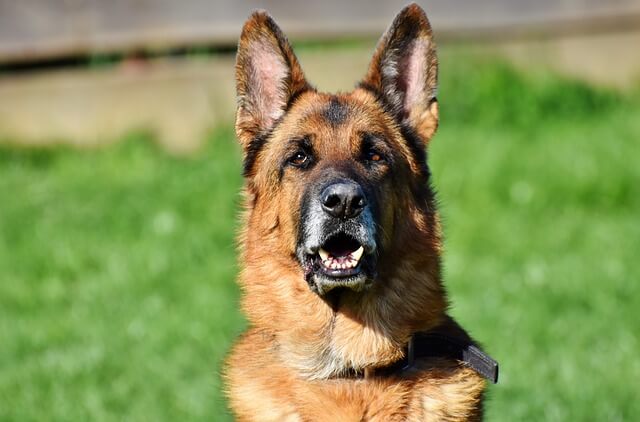
Ears
Depending on an ear type, you can read your dog’s feelings by looking at the base of the dog's ears. When a dog moves their ears forward, it means that they are interested in what’s happening. The dog’s ears will be pointing toward a subject of interest. Moving them back shows fear or stress.
The easiest way to decipher what your dog is trying to communicate with their ears is if your dog has upright ears. That doesn’t mean that dogs with floppy ears can’t share their feelings; it just means floppy ears are a bit harder to read.
Separation anxiety often causes dogs to feel stressed and anxious. Here is an interesting article that can help you deal with that problem: Separation Anxiety In Dogs.
Tail
Dog’s tail is the easiest to read but keep in mind that tail wagging is not always a sign of happiness. The tail is very expressive and can indicate different things when looking into the dog’s body language. Here are some things owners can learn from the position of their pet’s tail.
- Neutral position - A relaxed dog holds his tail in a neutral position.
- Tucked tail - When a tail is tucked between the dog’s legs, the dog is stressed, fearful, or anxious.
- Excitement - If a dog is excited, they will wag their tail more rapidly.
- Aggression or arousal - An aroused or aggressive dog will raise his tail above the spine level. This way, a dog shows dominance and confidence. It is believed that this way, dogs make themselves look bigger and more dangerous.
By playing with your dog, you can easily help them manage their stress levels. Check out the list of these amazing dog games you can play with your dog.
Posture
If you know how to read a dog’s body language, their posture can tell you a lot about them. Keep an eye on the way a dog is holding its body weight. It is a clear indication of their emotional state and even intent.
If your dog feels lonely or anxious while you are away, why not give them a toy that will help them deal with that problem? Check out the Kong Wobbler Dog Toy.
Scared posture
If a dog feels scared or submissive, he will probably make himself look smaller by shifting the weight to their hind legs.
A fearful dog will often lie down, exposing his stomach and throat to another (dominant) dog. This way, they want to avoid confrontation and hope that the dominant dog will leave them alone. A scared dog might even urinate out of fear.
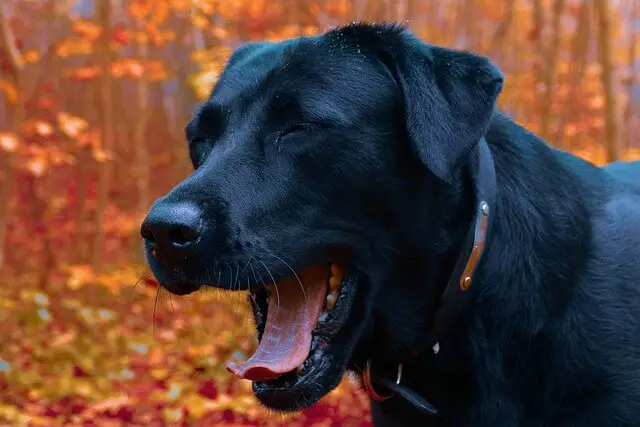
Relaxed posture
A relaxed dog has evenly distributed body weight across all four of its legs. They are not trying to get away from anything, nor are they anxious to run towards anything. Usually, their tail and ears will remain in a neutral position.
Excited posture
When a dog is excited, their body weight is shifted towards their front legs, giving them a firm grip to go in any direction the object of their interest goes. A wagging tail and pointed ears usually accompany this posture.
Hair
You can read your dog’s emotions with the help of their hair. An aggressive or very aroused dog will have hackles along their back. This is called piloerection. Hackles can also be seen when the dog is upset. When the dog is stressed or frightened, he may also shed more than usual.
Reaction
If a dog moves away when you pet their head, try petting them differently. Putting your hand on a dog’s head from above is a signal of dominance. You should try petting them on the chin or the side of his cheek.
Dogs are not shy to let you know if they dislike something or expect you to handle them differently. Even if your dog is not the expressive kind, like a Shiba Inu who will gladly let you know if you are doing anything wrong, you can stop accidents from happening by studying your dog’s body language.
Understanding your dog is frightened or excited will allow you to settle them down or prevent someone from patting them if they don’t wish to be patted.
The best way to help your dog deal with stress and anxiety is to train and socialize them. Here are some great tips for dog socialization:
World Dog Finder team



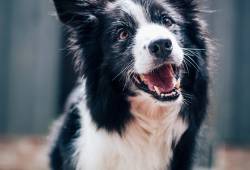
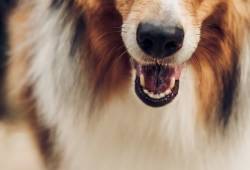
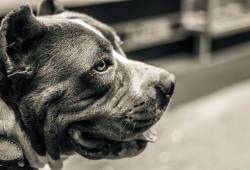
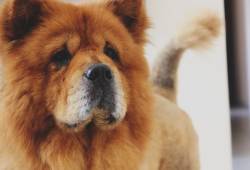
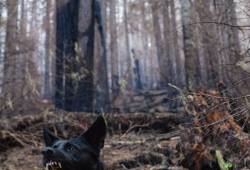
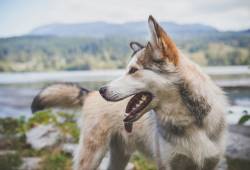


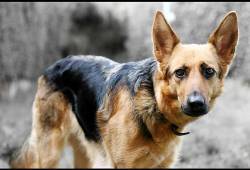
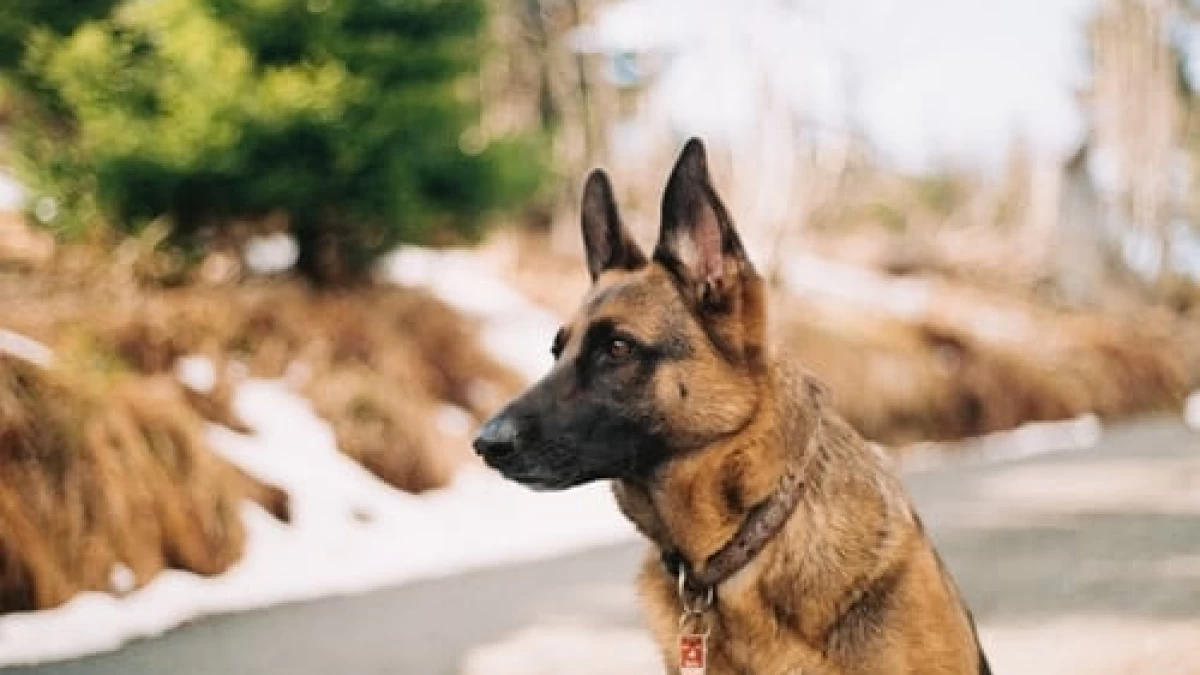
















Share